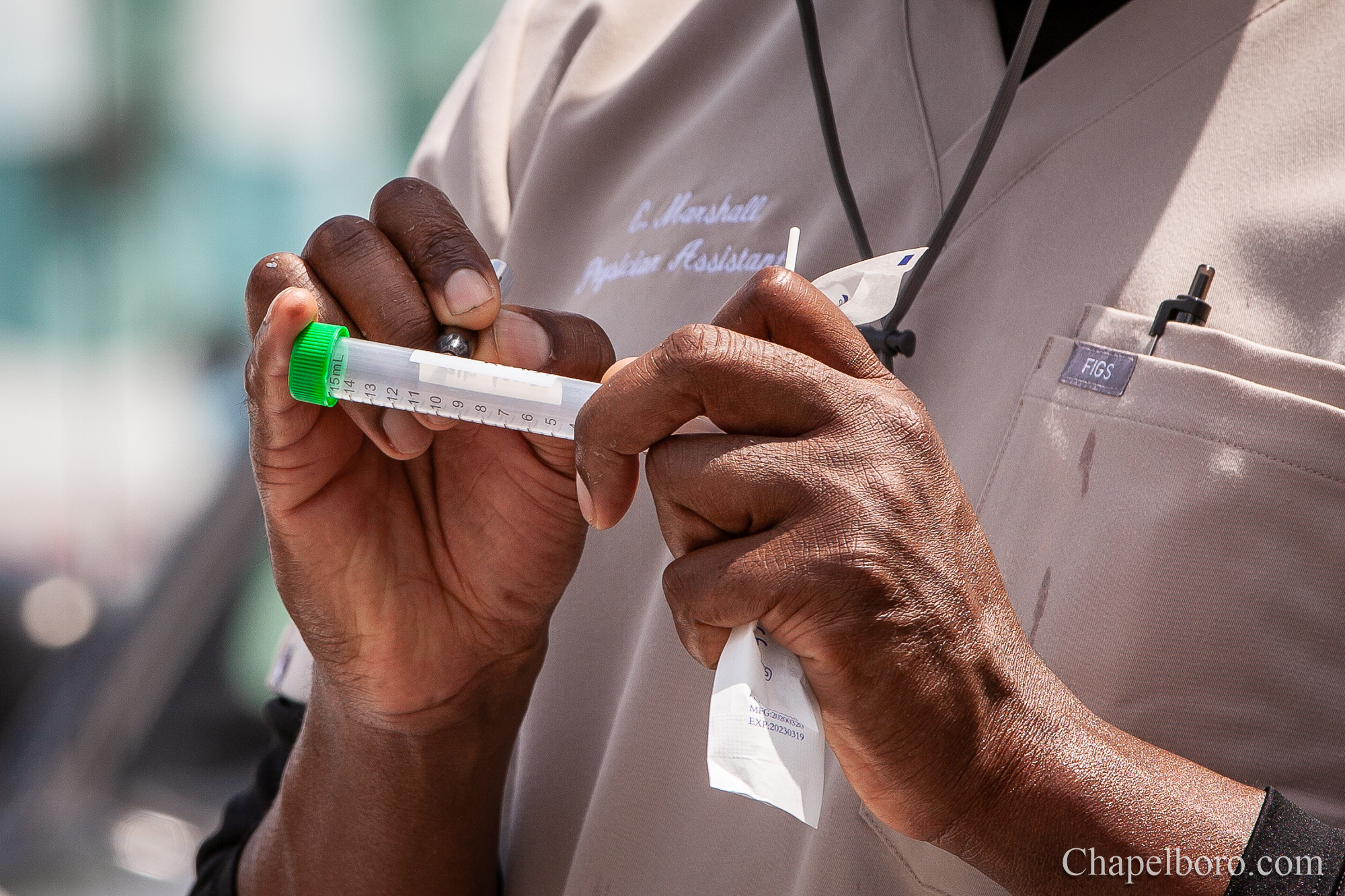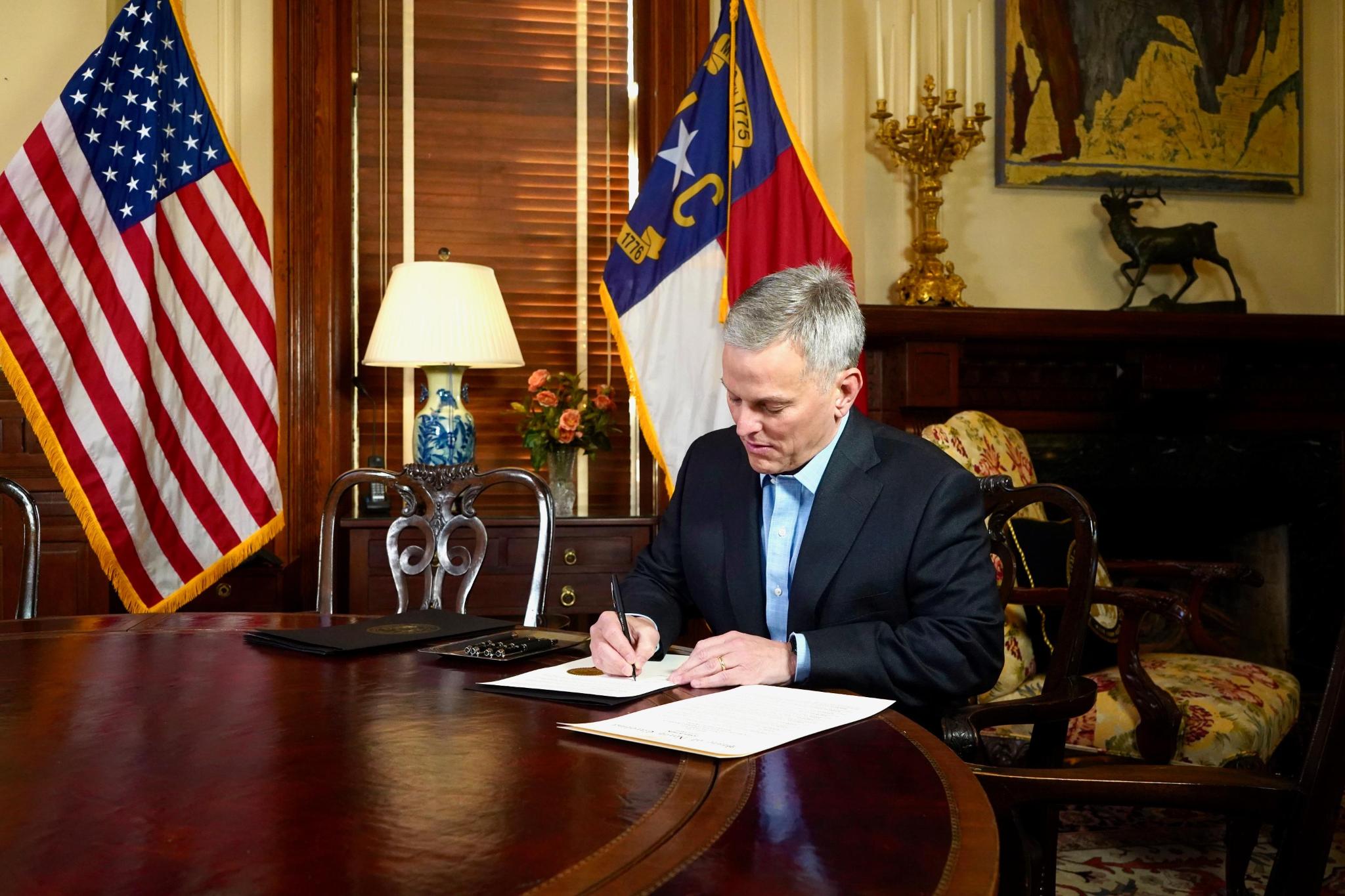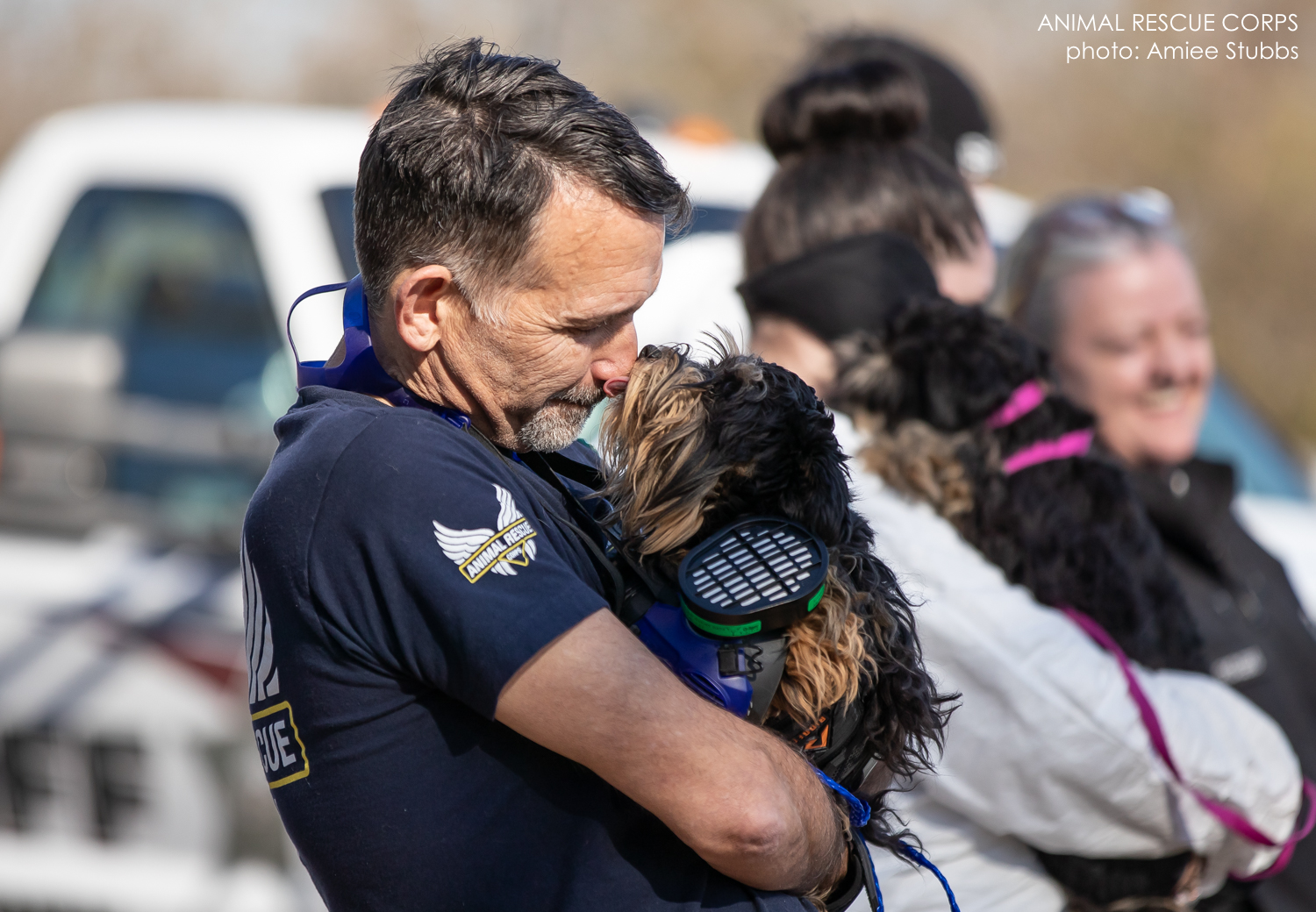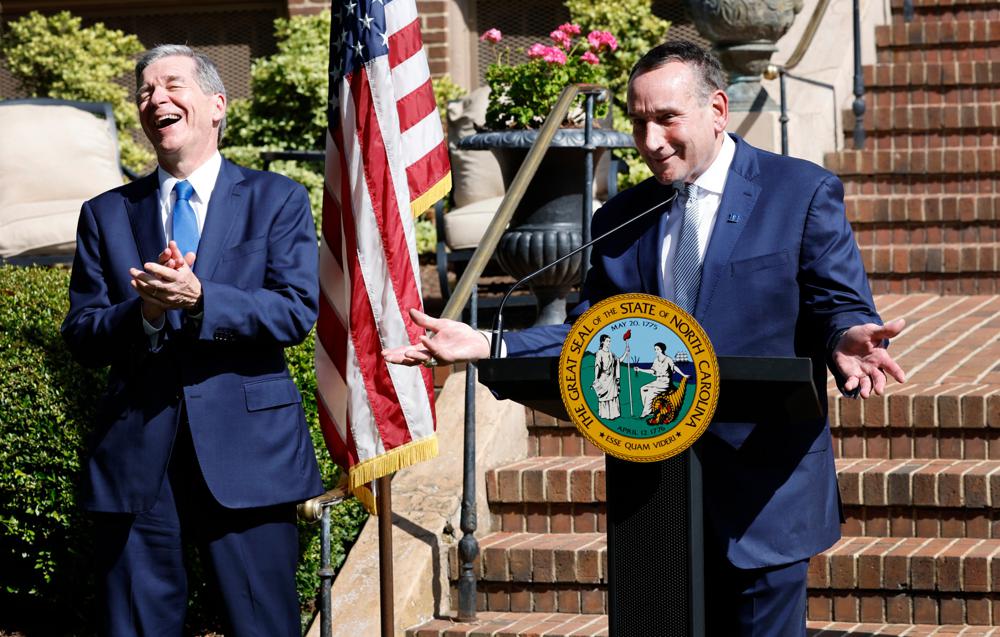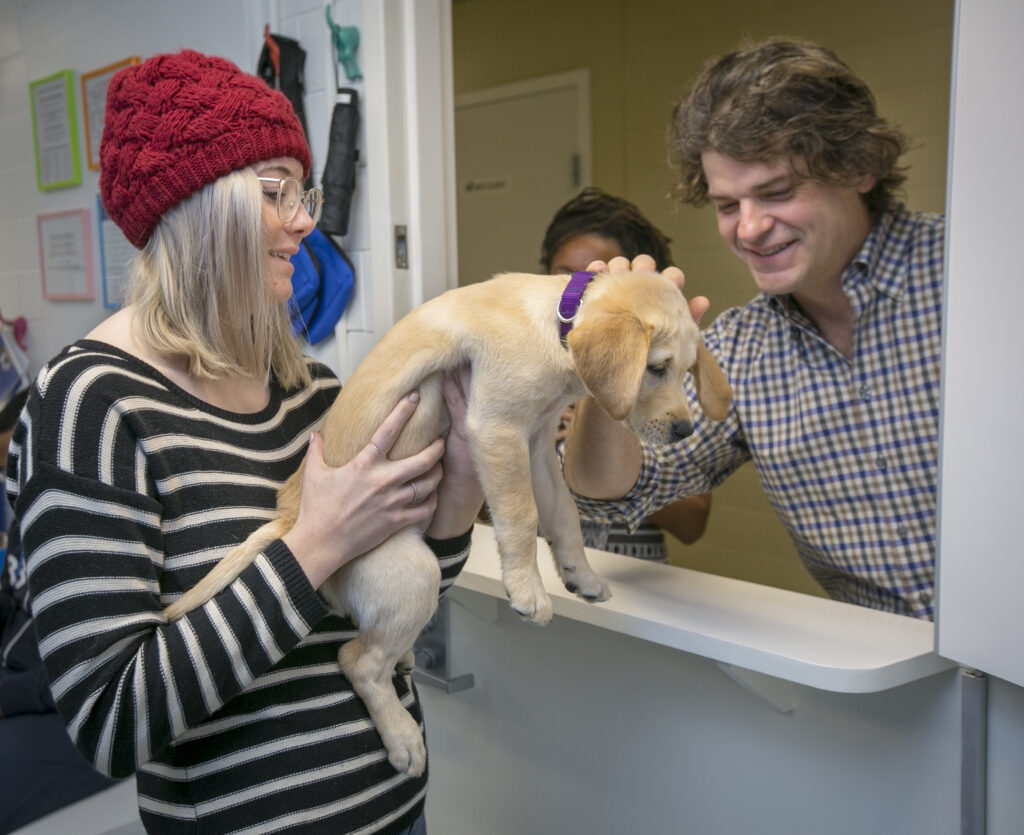
While puppies and new pets helped comfort many people during peak pandemic shutdowns, as owners return to work and students to the classroom, some animals are experiencing increased anxiety while adjusting to their own “new normal.”
Brian Hare is a professor of evolutionary anthropology at Duke and the director of the Duke Canine Cognition Center, which works to understand how dogs solve problems and think.
He said one of the biggest factors in determining the stress levels of an animal is the environment in which they are raised, and for pandemic puppies, normal training and structure wasn’t always an option.
“Dogs that were raised as puppies during the quarantine are the dogs I think people are most worried about,” Hare said. “When people have to return to work, you know, five days a week and 40 hours, are those dogs going to be okay?”
With people having more time on their hands during lockdown, there was a surge of pet adoptions, however, now that more and more owners are returning to the office, Hare said he worries about the furry friends left at home.
“What I worry about the most, whether you’re an experienced dog owner or not, is a young dog that didn’t have that alone time when they’re puppies – or maybe didn’t get to meet a lot of people and a lot of different dogs during that socialization window – they’re going out into the world and some of the things that might not be scary or anxiety inducing are now potentially frightening and could lead to expressions of aggression,” Hare said.
Hare said the critical window to socialize puppies is when they are between eight and 24 weeks old, however many owners missed that chance during the pandemic.
He said having owners return to more typical, in-office workdays can be really jarring for dogs that didn’t learn how to be alone during that critical growth period. This can lead to a variety of behavior problems like howling, chewing, or scratching.
“This type of behavior is one of the leading causes for people to think about placing their dog in a shelter,” said Hare.
To keep these pandemic pups out of the shelter, Hare said there are a few steps owners can take to acclimate their pet to a post-lockdown world.
“So, if you can, a few weeks before you go back, sort of increase increments of time during the day that you leave your dog, at least in a different room,” Hare said. “You could leave the house to go shopping or whatever and start small, even if it’s five, 10 minutes, and increase that increment over days. I’m sure your dog would respond really positively, especially if you take your time with it.”
For particularly severe cases, he also recommends seeing a behavioral veterinarian, like those at NC State, or using a doggy daycare or a dogwalker to help with that transition period.
At the end of the day, Hare said most cases of separation anxiety can all be handled with little time, compassion, and planning.
Lead photo via Julie Schoonmaker/Duke.
Chapelboro.com does not charge subscription fees. You can support local journalism and our mission to serve the community. Contribute today – every single dollar matters.

